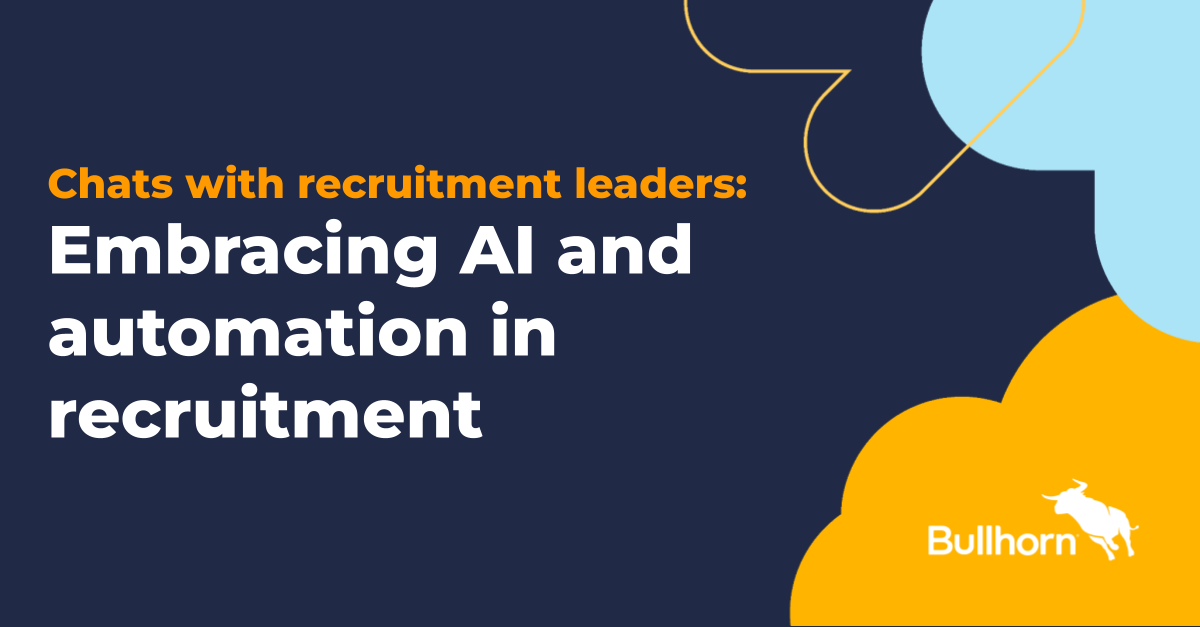When you’re rolling out a large-scale technology implementation—whether it be an ERP, HRIS or CRM—it’s not just an IT project. It’s a business-wide transformation that touches nearly every team, function and process. And because of that, it can’t be managed with a traditional resourcing approach.
These kinds of changes are different. They’re bigger, more complex and more disruptive. The old model, where change managers are brought in late or asked to carve out 20% of their time, doesn’t suffice with a change of this scale.
You need a team that can march alongside the program from the beginning to make sense of the impacts, ensure readiness and set the organization up for success. You need to build a resourcing model that’s responsive to the scale and shape of the change—one that flexes based on what’s actually required, not what’s convenient. Here’s how to get it right.
See also: Why HR needs to play a bigger role in ‘agitating’ for change
Start early, embedding change management from the beginning
One of the biggest mistakes organizations make is waiting too long to bring in change management. Change professionals should be at the table from Day 1, working alongside program teams to identify impacts, engage stakeholders and craft a rollout strategy.
Early involvement ensures that critical business process shifts, role changes and even cultural adjustments as a result of the technology are factored into the implementation plan—not discovered when it’s too late to pivot. If change managers show up only after resistance kicks in, they’re stuck scrambling to fix avoidable problems. Embedding them from the start allows for a proactive, structured approach.
Right-size resources for the scale of change
Every change is different, so every resourcing plan should be too. The right number of change resources depends entirely on the variables at play—organization size, scope of the system, how much you’re customizing, who’s already on the team and how quickly you’re moving. You could end up needing one person or 10.
That’s why it’s important to start by asking the right questions. Not every transformation needs an army of change managers, but underestimating the need can cause things to fall apart. Consider these factors:
- How big is the organization? A company of 500 people undergoing a single-system update has very different needs than a 50,000-person enterprise overhauling its entire tech stack.
- What’s the scope of the tech change? Implementing an out-of-the-box LMS system is straightforward compared to a fully customized ERP system that touches every department.
- How integrated is the new system? If it’s deeply connected to other platforms, additional change support will be needed to navigate dependencies.
- Who’s available internally? Some organizations have robust internal HR and communications teams to manage change, while others rely on external consultants for support.
- Is it a global rollout? If multiple regions and languages are involved, expect additional complexity—and additional resources to handle it.
- What’s the timeline? A fast-track implementation will require more intensive change management than a phased approach.
Of course, there is often nuance to all of these questions. A proper assessment can help fine-tune estimates into real resourcing requirements ahead of budget requests.
Balance change management and training support
In large tech transformations, it’s not just about learning the system—it’s also about understanding how the way people work is changing. And that takes more than a few help articles.
Change managers are the ones coloring in the lines. While the system integrators focus on the tech, change managers are out there mapping the impacts, documenting what processes even exist and figuring out whether that person who has done the same thing for 15 years has ever written it down.
That detective work on the front end is what sets the stage for effective communications and training. Without it, organizations are guessing, and that’s where things often go sideways.
A well-staffed change effort typically includes:
- Dedicated change managers to track business impacts, engage stakeholders and drive adoption.
- Learning and development specialists to create and deliver training programs that ensure employees know how to use the new system.
- Business readiness experts who focus on making sure employees aren’t just trained but also understand how their roles and workflows are changing.
Skipping these roles, or assuming that employees will “figure it out,” leads to poor adoption, lost productivity and frustrated teams.
Track readiness and adapt as needed
Change isn’t linear. The level of support required at the start of a project might not be the same six months down the road. That’s why continuous assessment is critical.
HR leaders should be asking:
- Are stakeholders engaged? If leaders aren’t advocating for the change, adoption will stall.
- What’s employee sentiment? Do employees understand the change? Are they confident in their ability to adapt?
- Are training programs working? Are people completing courses? More importantly, are they retaining the information?
- How’s adoption looking? Are employees using the system correctly, or are they finding workarounds?
Checking these indicators regularly helps determine whether more support is needed, or if it’s time to scale back resources.
Don’t treat go-live as the finish line
Go-live isn’t the end. The system might technically work, but users will start asking, “Did anyone even think about how this affects us?” That’s when the gaps in change management show up, because success isn’t about launching the system—it’s about whether people actually use it in the way it was designed. That means:
- Reinforcing behaviors through ongoing training and coaching.
- Keeping leaders engaged to drive adoption.
- Monitoring performance and adjusting where needed.
Without continued focus, adoption rates will drop, employees will revert to old ways of working and the investment will fail to deliver its intended value.
Resourcing for change is an investment, not an expense
HR executives have a critical role in ensuring that major technology initiatives don’t just launch but actually succeed. A well-resourced change effort—one that starts early, scales appropriately, integrates training and adapts as needed—can mean the difference between a smooth transition and a painful, expensive failure.
Resourcing for change isn’t just about budgets and headcounts; it’s about ensuring that employees have the right support at the right time and that the transformational value of the technology is achieved. With the right approach, organizations can move beyond implementation and toward real, lasting transformation.











